Discover 5 hidden attractions, cool sights, and unusual things to do in Moultrie (United States). Don't miss out on these must-see attractions: Colquitt County Courthouse, Mother Easter Baptist Church and Parsonage, and Colquitt County Jail. Also, be sure to include Carnegie Library of Moultrie in your itinerary.
Below, you can find the list of the most amazing places you should visit in Moultrie (Georgia).
Table of Contents
Colquitt County Courthouse
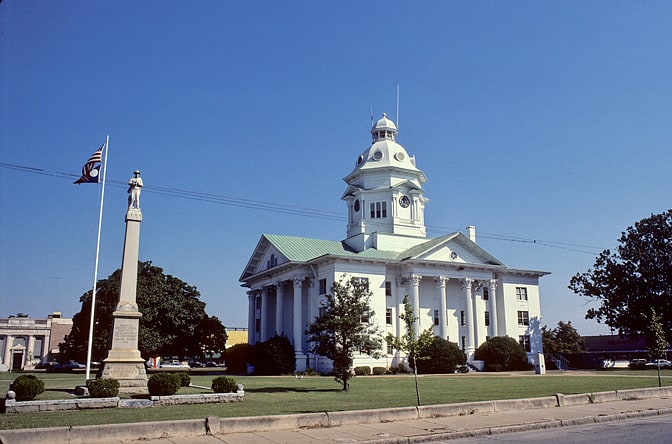
Colquitt County Courthouse is an historic government building constructed in 1902 and located at Courthouse Square in Moultrie, Georgia, the seat of Colquitt County.
The present Colquitt County Courthouse is the third courthouse to serve Colquitt County.
It was added to the National Register of Historic Places on September 18, 1980.[1]
Mother Easter Baptist Church and Parsonage
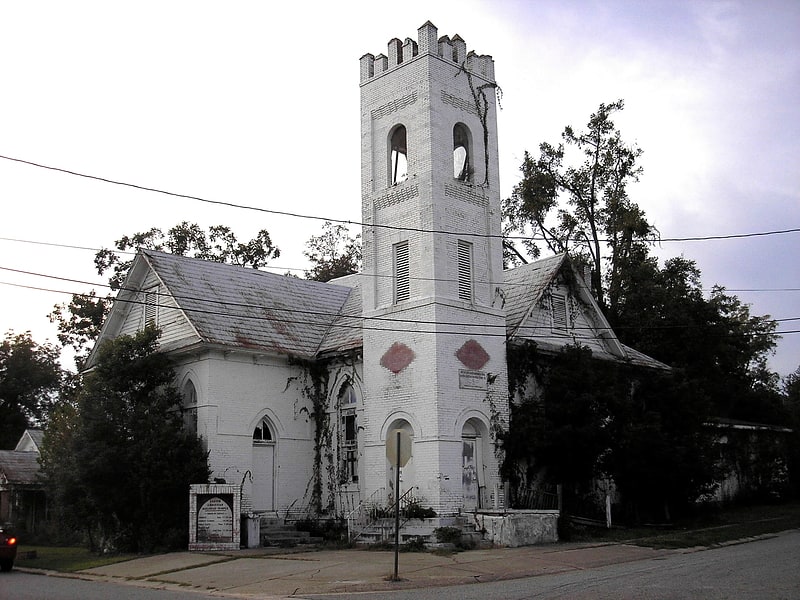
Church in Moultrie, Georgia. Mother Easter Baptist Church and Parsonage is a historic site in Moultrie, Georgia. It was added to the National Register of Historic Places on April 1, 1999. It is located at 400 Second Avenue NW.
The church was built in 1906 and the parsonage was completed in 1941.[2]
Colquitt County Jail
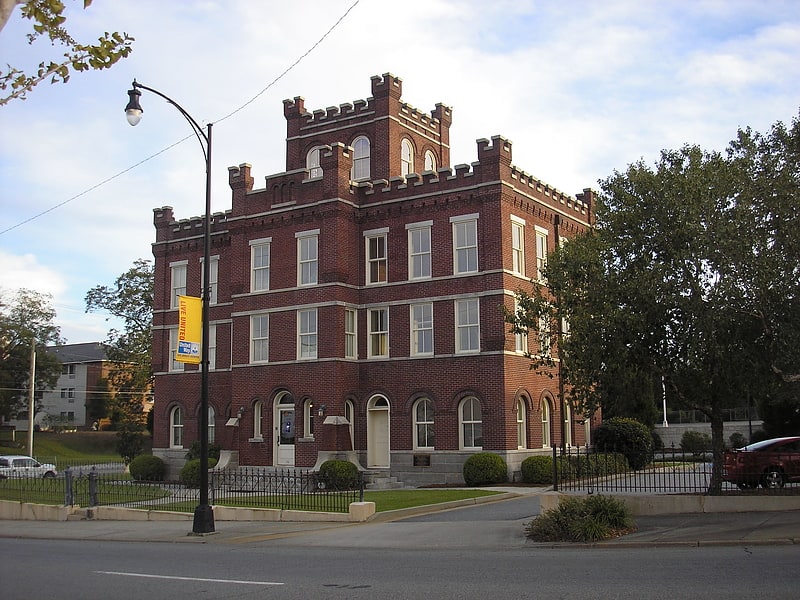
Colquitt County Jail is a historic jail building at 126 1st Avenue SE in Moultrie, Georgia that was built in 1915. It was added to the National Register of Historic Places in 1980.
The previous jail was a brick building, the second brick building in Moultrie, that was built in 1892 and was torn down in 1953. This jail, built in 1915 just to the north of the old one, is "among the most impressive buildings in Moultrie and is one of the county's few examples of Gothic Revival architecture." It cost about $28,000.[3]
Carnegie Library of Moultrie
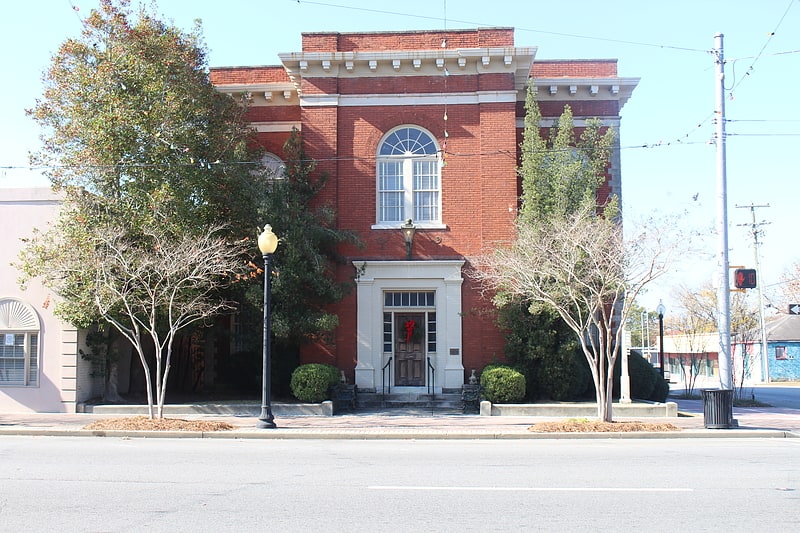
The Carnegie Library of Moultrie is a historic Carnegie Library on a corner lot in downtown Moultrie, Georgia that was built in 1908. It was added to the National Register of Historic Places in 1982. It is located at 39 North Main Street.
It is a two-story red brick building with some Georgian Revival elements. Its brick walls are load-bearing and laid in stretcher bond upon a rusticated cut stone foundation. It has quoins made of the same rusticated granite stone. Its front entrance is flanked by pilasters.
The building was modified in cosmetic ways in 1973 when the building was converted to law offices.
It is one of the oldest public buildings in Moultrie.
It is a contributing building in the NRHP-listed Moultrie Commercial Historic District.
The 1982 NRHP nomination stated that the library's architect was unknown, but the 1994 nomination document for the district lists T.F. Lockwood as the architect.[4]
Moultrie Commercial Historic District
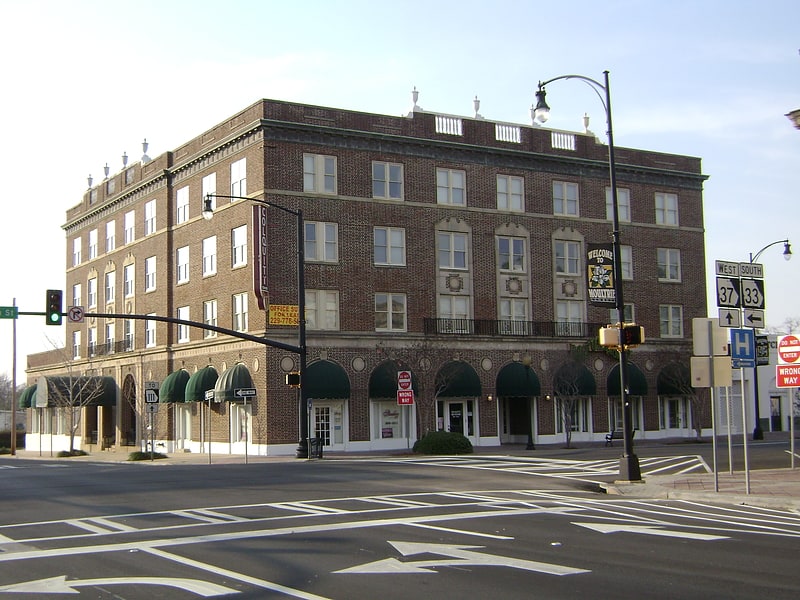
The Moultrie Commercial Historic District, in Moultrie in Colquitt County, Georgia, is a 48 acres historic district which was listed on the National Register of Historic Places in 1994. The district is roughly bounded by NE. First Ave. SE. Second Ave. W. First St. and E. Fourth St. In 1994, the district included 61 contributing buildings and one contributing object. It also included 17 non-contributing buildings.
The district included three properties which were already separately listed on the National Register:
- Colquitt County Courthouse (1902), listed in 1980, designed by A.J. Bryan and Company
- Colquitt County Jail (1915), listed in 1980
- Carnegie Library of Moultrie (1909), listed in 1982, designed by T.F. Lockwood.
The district includes Colquitt Towers, a former hotel which was called Colquitt Hotel, a four-story Colonial Revival-style building with balustrade and urns on roof and on arched openings.[5]